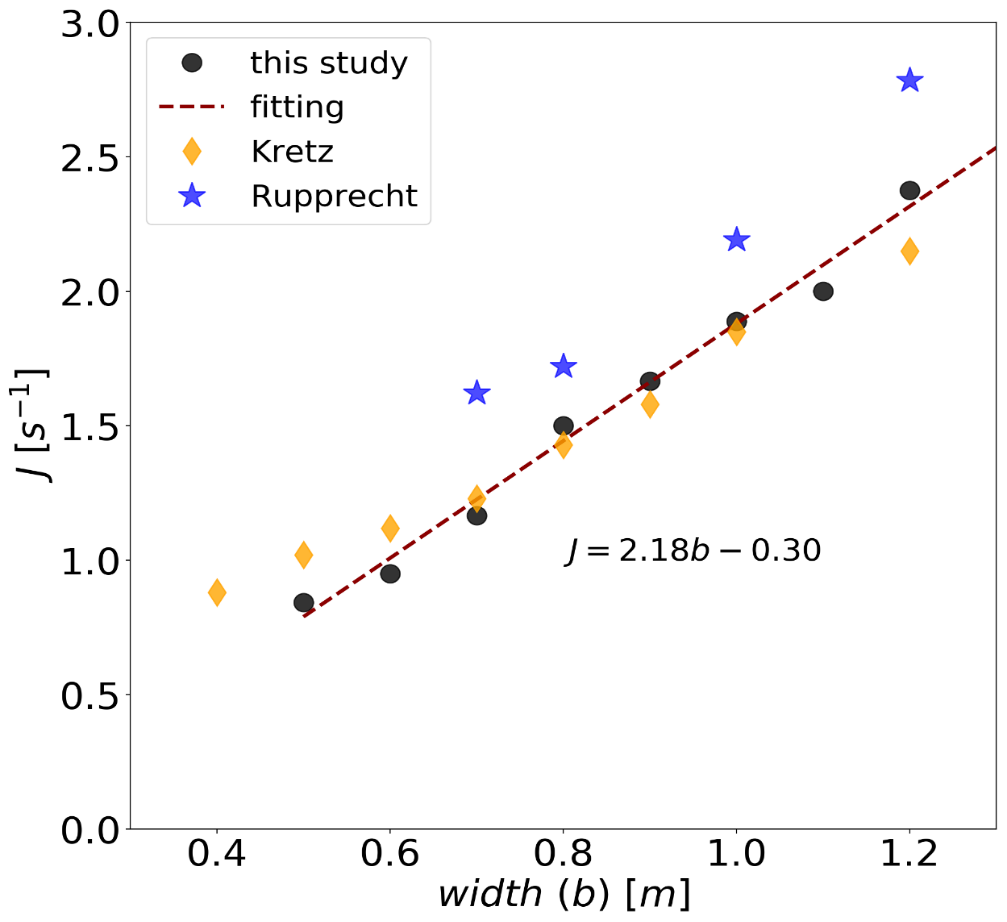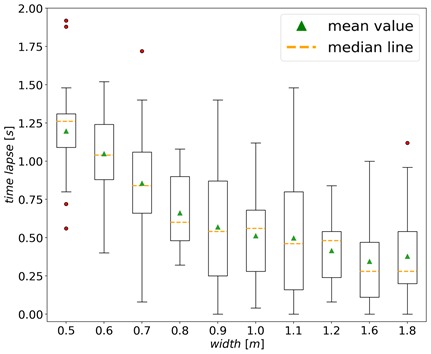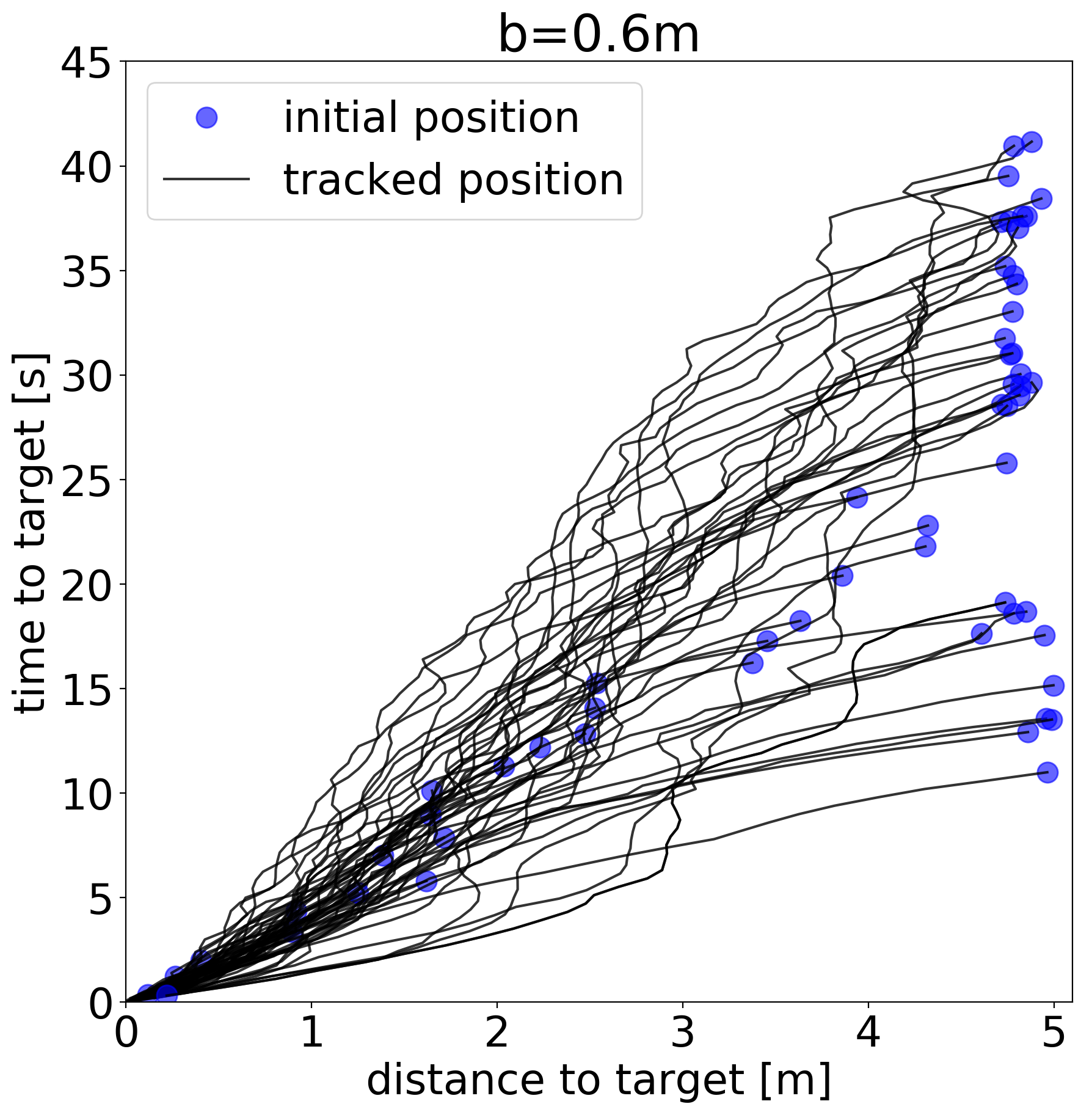Experimental study on elderly pedestrians passing through bottlenecks
Problem & Motivation
The aging of population is a social phenomenon in the world. To improve the comfort and safety of the elderly is a challenging question. The elders with mobility impairments and flexibility increment are in face with higher risks in their daily life. While the studies of the pedestrian movement mainly focus on the young adults.
A bottleneck is a common occurrence in most of facilities, which restricts pedestrian’s movement. So, series of controlled experiments were performed to investigate the movement characteristics of elderly pedestrians passing through short bottlenecks.
Methods
The evacuation characteristics of elderly people through short bottlenecks were studied experimentally. The elderly has around 0.2 s longer time lapse when passing through the bottlenecks of b = 0.5 and 0.7 m compared with the young pedestrians. And the difference is dependent on the width for it decreases as the width increases. The mean density and speed vary over the whole space and shows great dependency on the location in the scenario. The age has obvious influence on the speed especially at low densities. The heterogeneity resulting from the age span has larger effect than the age itself.
We gained the relation between bottleneck widths and flow rate of the elderly crowd which can be applied in the pedestrian model. It can be found that the flow of the elderly is lower than that of the young. In addition, obvious waiting phase can be found in the waiting time. Two phases including waiting phase and contraction phase can be observed when the width b = 0.5, 0.6 and 0.7 m.




Related Publication
Xiangxia Ren et al J. Stat. Mech. (2019) 123204
Download: [Paper]

